Choosing the Right Baseball Glove: A Comprehensive Guide
Whether you're stepping onto the diamond for the first time or you're a seasoned player looking to upgrade your gear, selecting the right baseball glove is crucial for optimal performance on the field. With various sizes, styles, and materials available, finding the perfect fit can be a game-changer. In this comprehensive guide, we'll walk you through the factors to consider and help you choose the ideal baseball glove for your needs.
1. Position-Specific Gloves: Understand Your Role
Different positions in baseball require specific glove designs to enhance performance. Here's a quick breakdown:
- Infielders: Smaller gloves (usually 11 to 12 inches) with shallow pockets for quick transfers and ball release.
- Outfielders: Larger gloves (12.5 to 13 inches or more) with deeper pockets for catching fly balls.
- Pitchers: In-between sizes (11.5 to 12.5 inches) with closed webs for concealing grip.
Understanding your position is the first step in narrowing down your options.
2. Glove Size: Finding the Perfect Fit
Finding the right glove size is crucial for comfort and functionality. Here's a simple guide to measuring your glove size:
- Measure Your Hand: Using a flexible tape measure, measure from the tip of your index finger to the base of your palm.
- Check Sizing Charts: Different brands may have slight variations, so consult the sizing chart provided by the manufacturer.
- Try Them On: Whenever possible, try on different sizes to ensure a snug fit. Your fingers should reach the edge of the glove without feeling cramped.
3. Material Matters: Leather or Synthetic?
Baseball gloves come in two primary materials: leather and synthetic. Each has its advantages:
- Leather Gloves: Provide superior durability, flexibility, and a natural feel. They often require a break-in period to mold to your hand.
- Synthetic Gloves: Lightweight, weather-resistant, and require minimal break-in. Great for younger players or those seeking a low-maintenance option.
Consider your preferences, playing conditions, and budget when choosing between leather and synthetic gloves.
4. Webbing and Closures: Customize Your Experience
Gloves come with various webbing patterns, and the choice depends on personal preference and position:
- Closed Web: Ideal for pitchers, offering a secure grip on the ball.
- Open Web: Preferred by infielders for quick visibility and easy ball transfer.
- H-Web: Versatile and suitable for both infielders and outfielders.
Closures, such as Velcro straps or laces, contribute to a secure fit. Experiment with different webbing and closure options to find what feels best for you.
5. Consider Your Budget: Balancing Quality and Cost
While it's tempting to opt for the flashiest glove on the market, consider your budget. High-end gloves often come with premium features but may not be necessary for casual players or those on a budget. Look for gloves that strike a balance between quality and cost, meeting your specific needs without breaking the bank.
Conclusion:
Choosing the right baseball glove involves a combination of understanding your position, finding the perfect size, and considering materials and features. Take the time to try out different gloves and consult with knowledgeable staff at Midway Sports to ensure you make an informed decision. A well-chosen glove not only enhances your performance but also becomes an essential part of your baseball journey. So, gear up, hit the field, and make that next catch a memorable one!
Checkout our baseball gloves!

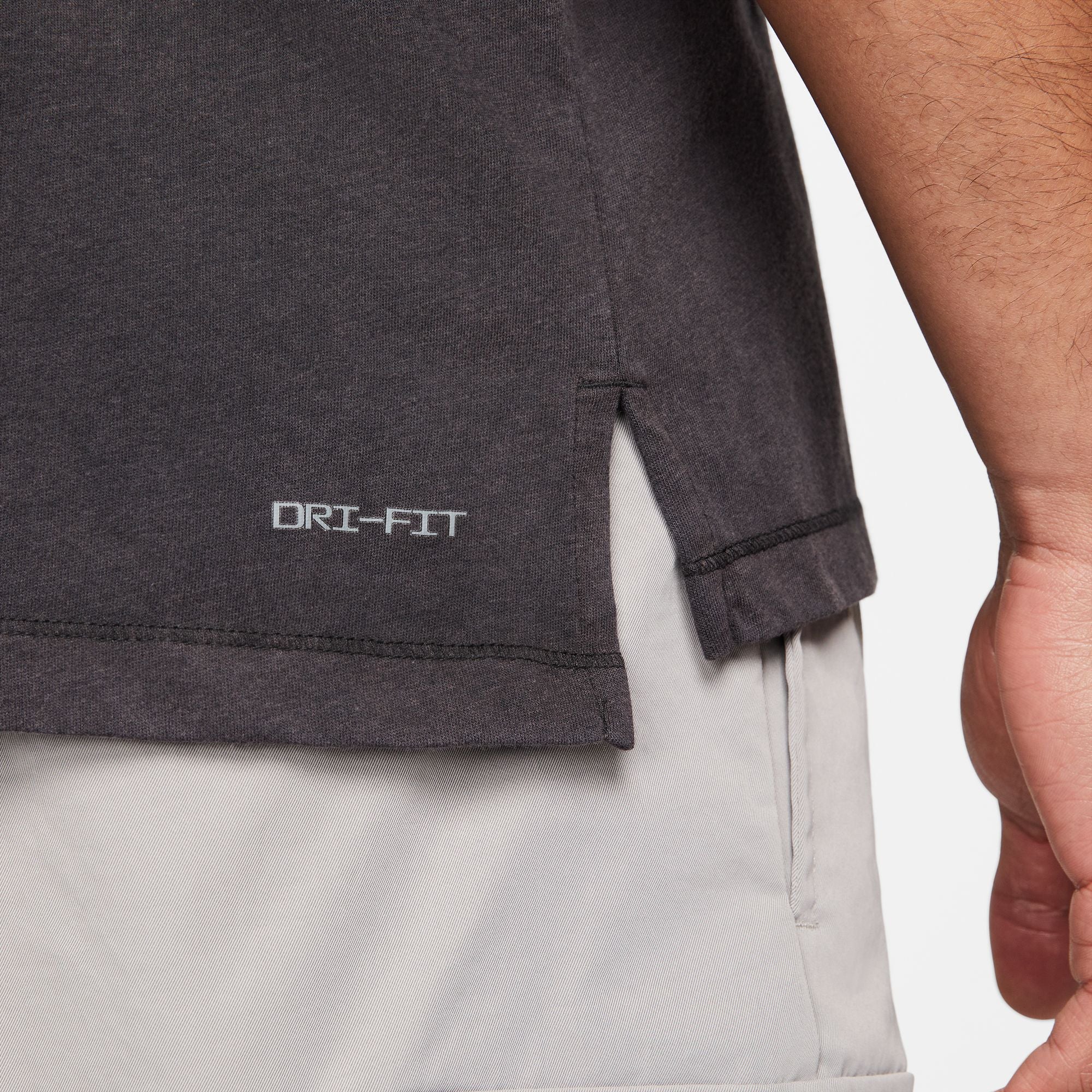
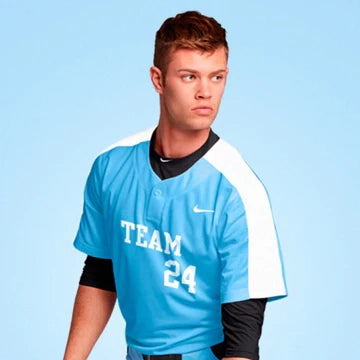
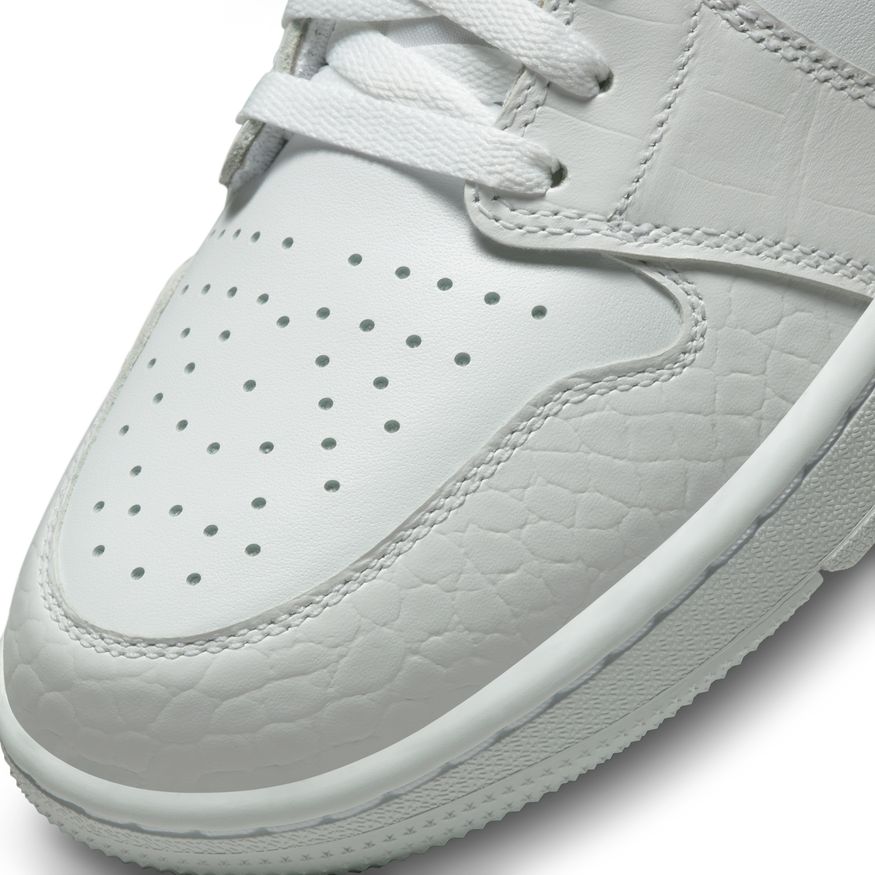
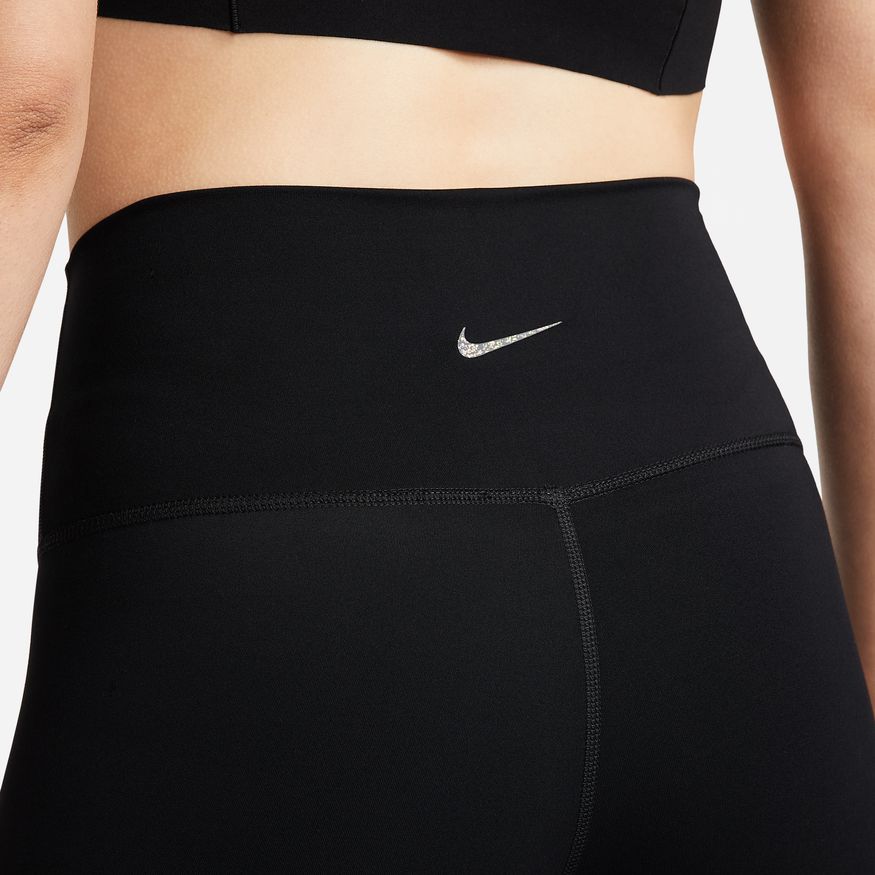
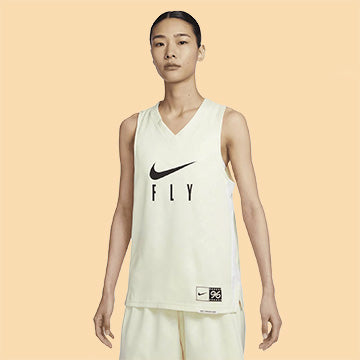
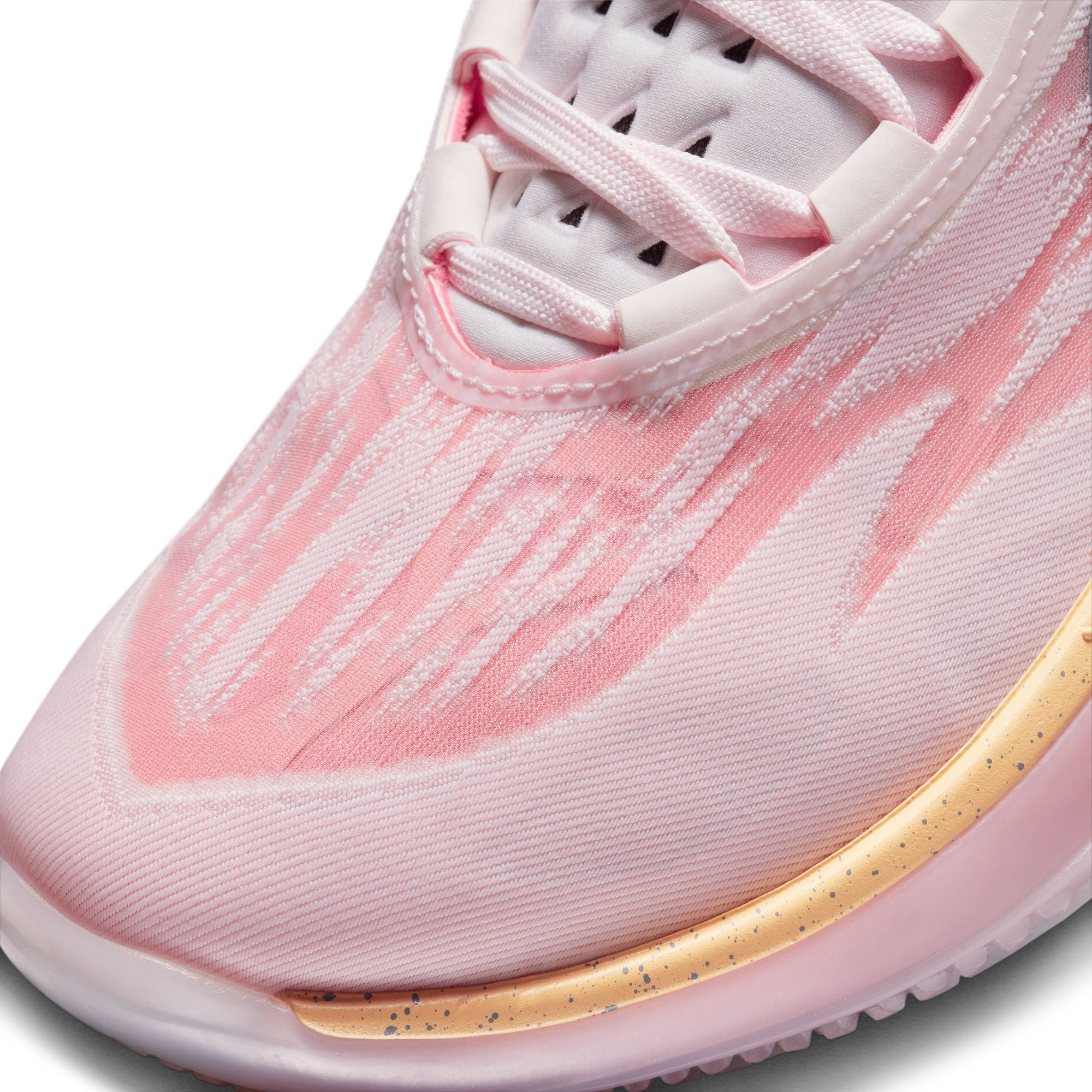
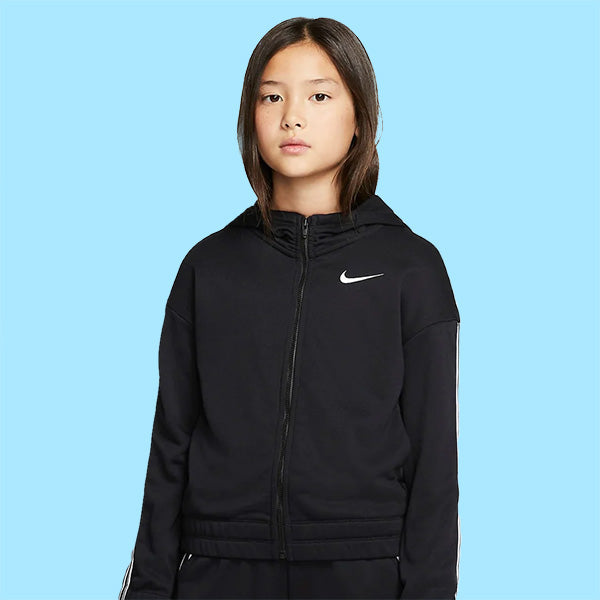
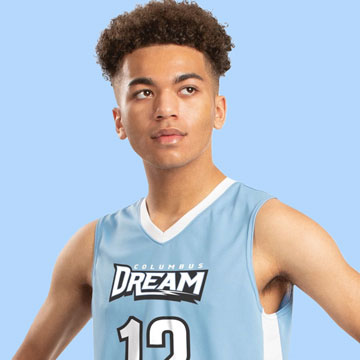
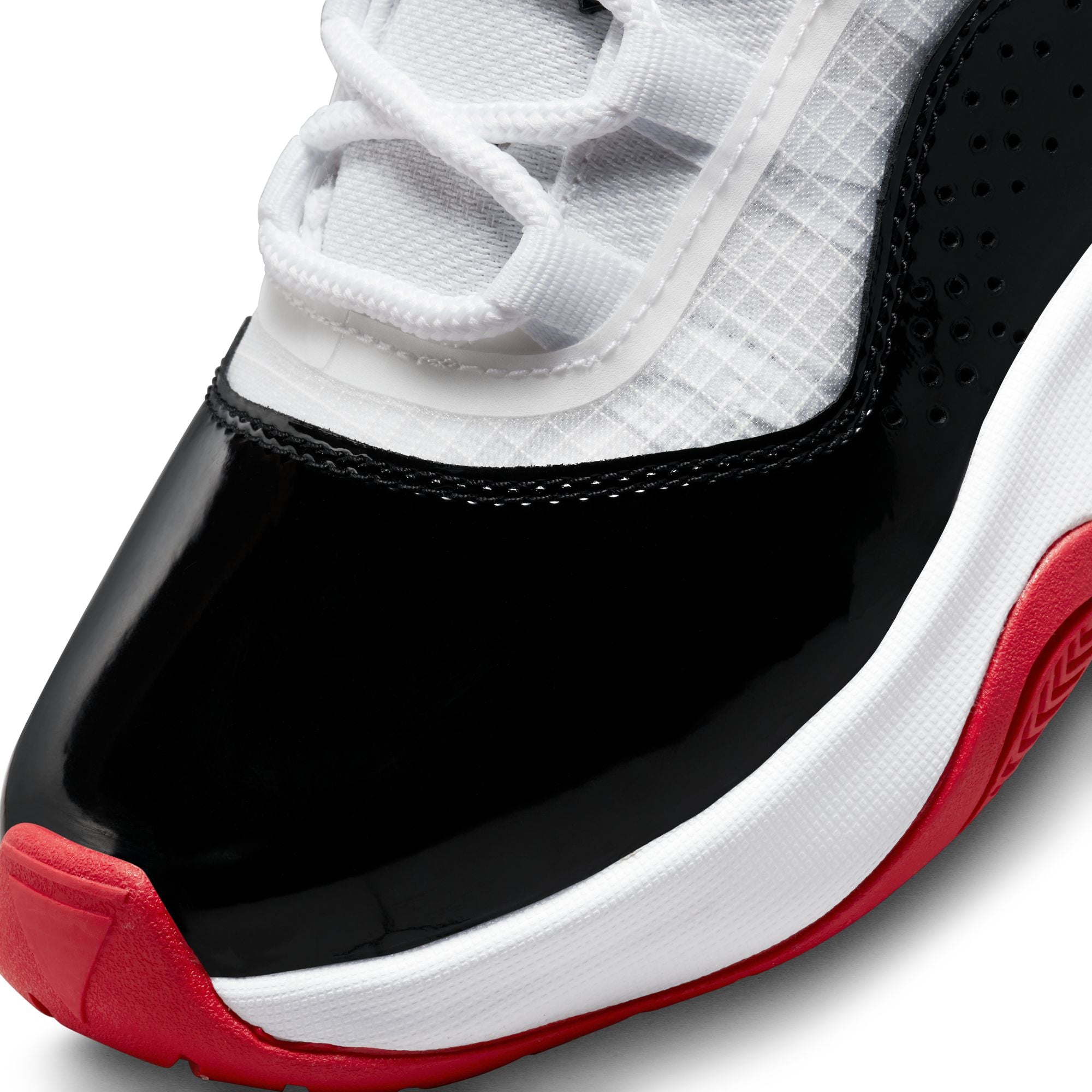
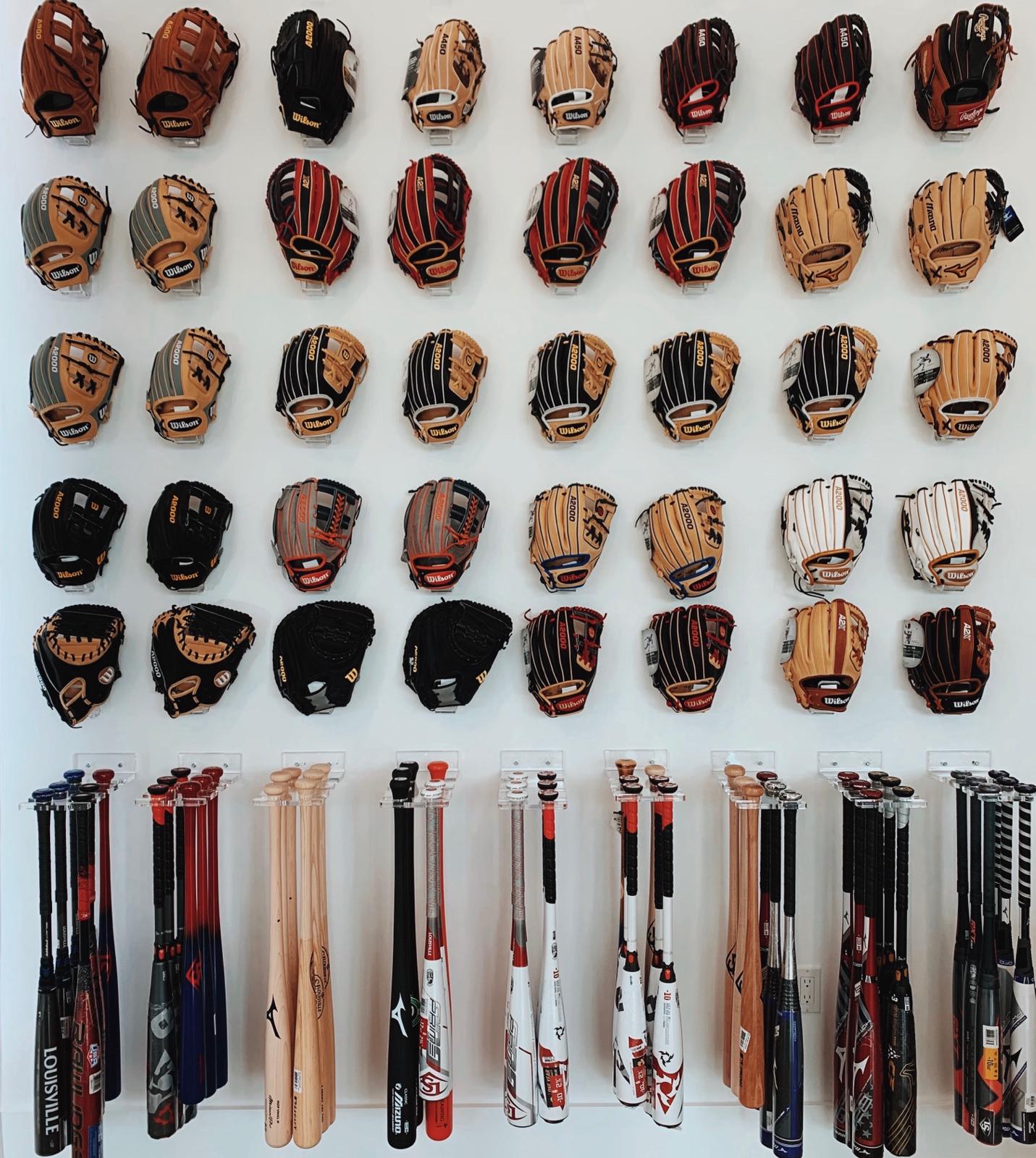
Leave a comment
This site is protected by reCAPTCHA and the Google Privacy Policy and Terms of Service apply.